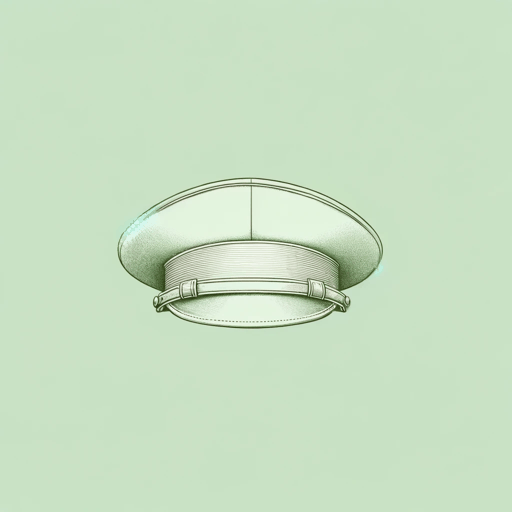19 pages • 38 minutes read
Carolyn ForchéThe Colonel
Fiction | Poem | Adult | Published in 1981A modern alternative to SparkNotes and CliffsNotes, SuperSummary offers high-quality Study Guides with detailed chapter summaries and analysis of major themes, characters, and more.
Symbols & Motifs
Body Parts
“The Colonel” is strewn with details referencing parts of the body, seemingly (or literally) detached from the whole. In the poem’s introductory sentences, the Colonel’s daughter “filed her nails” (Line 2). When the house’s fortifications are described, it is in terms of their ability to “scoop the kneecaps” (Line 7) not from a person’s body per se, but from “a man’s legs” (Line 7). Alternatively, the broken bottles can “cut […] hands to lace” (Line 7). When the poet is warned not to speak out against the Colonel’s outburst, her friend communicates to her “with his eyes” (Line 15). Most obviously, the sack of “human ears” (Line 17) are detached from their owners. The poem even focuses on isolated elements of the Colonel during his outburst: He “took [an ear] / in his hands [and] shook it in our faces” (Lines 18-19).
Even aside from this grisly central image, the text is punctuated by isolated and alienated parts of the body. As a motif, this ties the text together with its central image, both foreshadowing it before its appearance and alluding to it afterward. The motif also communicates the way in which the Colonel treats those around him as objects, figuratively or literally reducing them to their constitutive parts.


